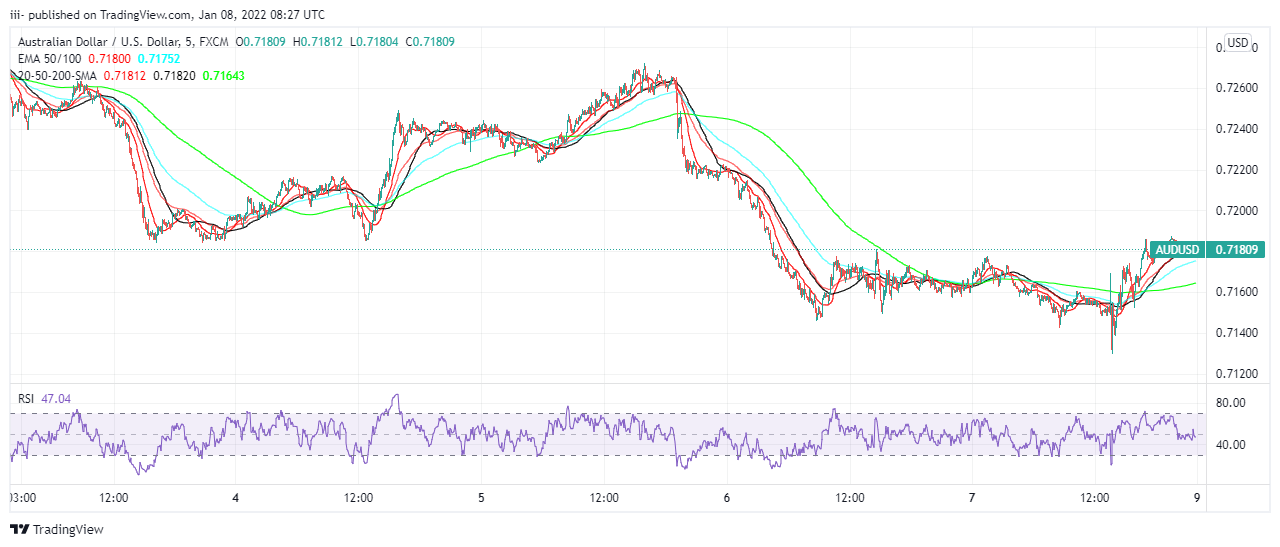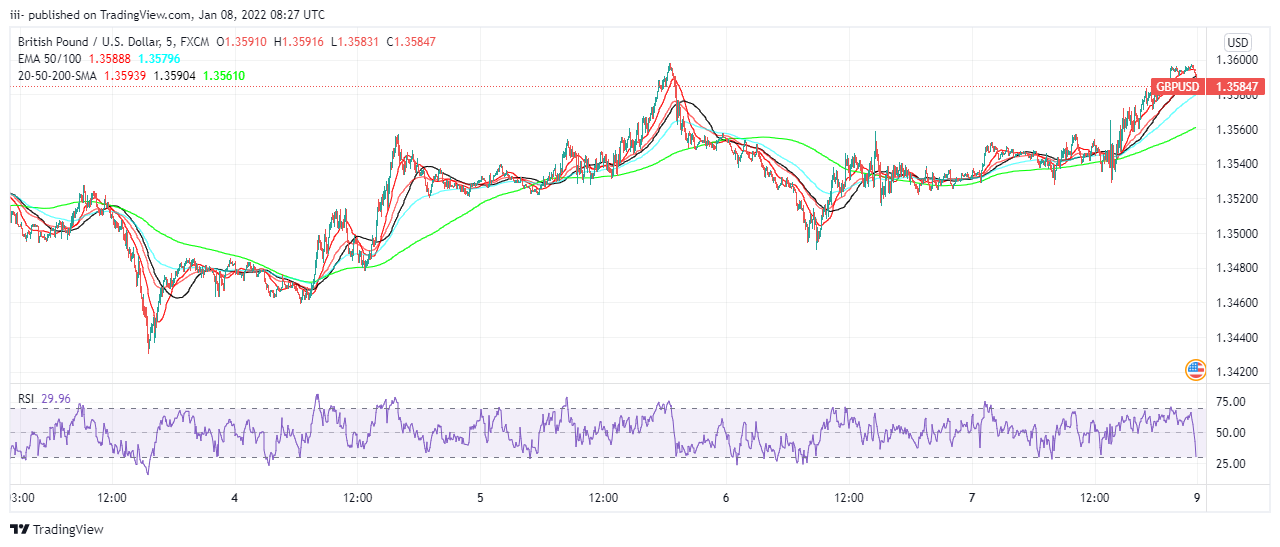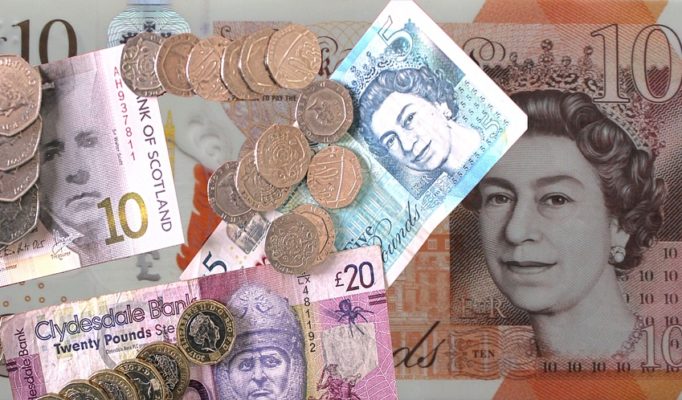While Omicron peaks in London, the Federal Reserve’s desire to tighten persists. This week’s events include crucial US inflation and retail sales figures, UK GDP, and a COVID-watch.
The December Fed Reserve minutes of the meeting were notably hawkish. Members expected rate hikes to come sooner and faster, as well as a possible balance sheet decrease. The possibility of market withdrawals brought equities down and the Dollar higher.
Ten-year bond yields surged above 1.70% on forecasts of a rate hike in March and four hikes this year. That curbed GBP/USD’s gains.
The world’s biggest economy’s data pattern continued into 2022. Unemployment claims were low in the final week of 2020, while the ISM Purchasing Managers’ Indexes indicated robust growth.
Nonfarm payrolls were mediocre. Again, the headline was underwhelmed, with only 199,000 new jobs without significant revisions. However, the jobless rate fell to 3.9%, and wage increases remained strong at 4.7% YoY. After a brief dip, the Dollar recovered. A rate rise in March is expected.
Optimism reigns: Every day, new data emerges suggesting Omicron COVID-19 is less lethal than preceding strains like Delta. The virus is highly infectious and threatens to overload the NHS, but the government’s unwillingness to impose further limits encourages markets.
Infections in Greater London, where Omicron initially landed, have begun declining, hoping that the wave would be brief.
Omicron, GDP, And Maybe Brexit
Politicians avoid negative news around the holidays. In any case, such a move is more likely before “Blue Monday” — the third Monday in January, probably the most gloomy week of the year.
Pressure on hospitals may persuade PM Boris Johnson to reverse course. That would be pounding. Sterling might shine because of hope from London and its environs.
November’s monthly Gross Domestic Product report is expected to move sterling despite a sparse economic calendar. Production may have accelerated after a 0.1% gain in October. Industry output data is also of interest.
With Brexit looming and Europe back at work (several nations observed Epiphany on January 6), tensions may resurface.
Liz Truss has met her Irish colleague Simon Coveney, but no progress has been made on the northern Irish protocol concerns. Any public differences on those or other topics might harm sterling, whereas no news is good news.
Events In The US: Inflation Statistics
Inflation soared in Nov. That was the goal for the December CPI that was due out on Wednesday. The reduction in oil prices certainly lowered CPI from its multi-decade high of 6.8% YoY in Dec.
If Core CPI is maintained at around 5% YoY, markets will likely price in a March rate rise. Core pricing is affected by supply chain difficulties that have only marginally improved.
On Friday, the customer is the emphasis. December’s retail sales figures are expected to be somewhat up following November’s modest gains. The Control group is vital to the Fed’s growth estimates.
The Preliminary Consumer Sentiment Gauge for January from the University of Michigan is projected to stay negative. In 2021, this indicator’s association with consumption weakened.
While Omicron rages in the US, official limitations are unlikely. Despite changes in consumer habits and economic effects, the virus spreads. But that’s a long-term investment, and markets have tuned out.
Analysis Of The GBP/USD


GBP/USD CHART Source: Tradingview.com
The Pound/Dollar has been rising since mid-December. Since then, the daily chart has gained speed, and the pair has exceeded the 50-day SMA.
The new 2022 high of 1.36 surpasses the November high of 1.3515. This week’s inability to break above the 100-day SMA may reassure bears.
The next big threshold to monitor is 1.37, split in October 2021. 1.3840 trails far behind it.
Initial support is at 1.3490, with a swing low. Recently, 1.3430 has acted as both support and resistance, defending 1.3380, a broken double-top.

















